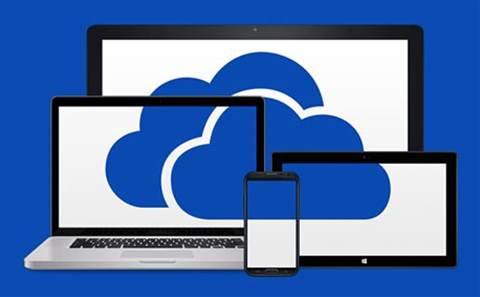Microsoft's cloud storage service, OneDrive offers file sync, sharing, collaboration and storage for personal and business users; and with the growing emphasis on privacy, the company has incorporated a Personal Vault feature to protect sensitive files, which requires two-factor authentication.
While it is important to have the right tools for effective business support, it is even more so to have the right protection and safeguard for your files, such as personal information, which the OneDrive Personal Vault offers a layer of security to further protect your most sensitive and important files.
According to Microsoft, data in the secure vault will be encrypted just like all other files on OneDrive, but additional security is provided through different 2FA options like face unlock, fingerprint, PIN, Microsoft Authenticator, or OTP sent via SMS to your mobile phone.
The OneDrive offering itself runs on the trusted Microsoft cloud, which already boasts of many security measures that ensure that users files are safe, the company, however understands that some people need even more protection for their most important and sensitive files, which is why the Personal Vault feature was introduced.
It adds to the robust privacy and security features that are already available on OneDrive, including file encryption at rest and in transit, monitoring for suspicious activities, ransomware detection and recovery, with mass file deletion notification and recovery, virus scanning for known threats, and history for all file types.
Going forward, Microsoft users can use the OneDrive for mobile app to scan documents, like important travel docs, identification, vehicle, insurance files or even take pictures/video shooting directly to the Personal Vault, with those personal items kept off less secure areas of your device, for instance the camera roll.
And you’ll also have access to these documents wherever you go, across all devices, just as applicable to your other files on OneDrive, albeit you'll require extra security measure, as the Personal Vault uses more than just two-step verification to help keep your files safe and private.



























